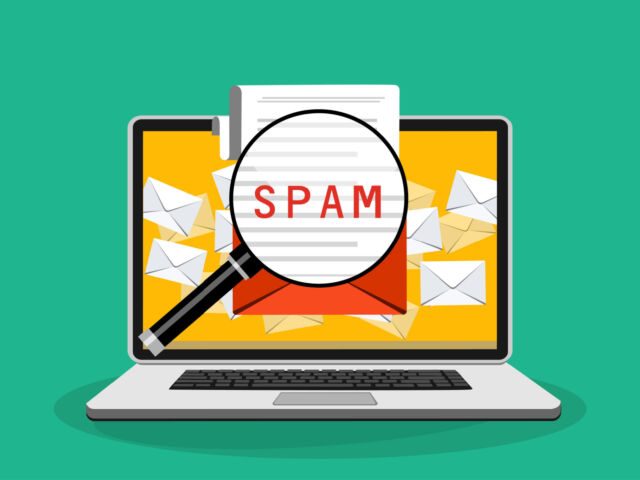Last week we discussed the importance of knowing your audience’s health literacy. Using plain language is the next step in writing to your target audience. Plain language is communication your audience understands immediately. If you are a medical practice writing for your patients, plain language is crucial for:
- Attracting new patients because they can understand and relate to your content immediately
- Retaining existing patients by communicating relevant content to their health in an easy, useable format
- Avoiding mistakes that can negatively impact your patients’ health if they misunderstand instructions or other important health information
- Helping patients adhere to instructions and suggestions
The Centers for Disease Control and Prevention (CDC) offers a simple checklist on how to use plain language. We’ve added a bit to help you with the details:
1. Organize your material to serve the audience
- Know your audience and purpose before you begin.
- Place the most important message first. Your audience may not read past it.
- Organize all other information in the order of its importance to the audience.
- Break text into logical chunks and use headings (see below for more information).
2. Choose words carefully
- Write in the active voice, if it makes sense to do so (passive voice sometimes works better – more on this in a future Content Corner). If you are unsure, read your sentence out loud. If it sounds awkward, you may find that switching from active to passive or vice versa works better.
- Choose words and numbers your audience knows – refer to last week’s health literacy article for more information on this.
- Keep sentences and paragraphs short.
- If your sentence takes up 2-3 lines of text, it’s too long.
- Paragraphs should be about three short sentences. Think “small bites” of information.
- Write in second person voice – conversational.
- Include “you” and other pronouns to relate to your audience on a personal level, as well as when providing direct instructions. Speaking directly to your audience humanizes the content.
- Information that is technical or reference-related should be written in third person.
3. Make information easy to find
- Use headings and text boxes.
- Headings group your information by topic, making it easier to find.
- Subordinate headings as appropriate – if your topic was written in an outline, what would the heading levels be? This helps your audience know what information belongs under which “umbrella.” All of this leads to a better comprehension.
- Text boxes provide visual interest, break up large blocks of text, and can call out important information and tips to remember. Text boxes also work well for warnings, cautions, and quotes.
- Delete unnecessary words, sentences, and paragraphs.
- When we write, we often believe that our audience needs to read everything we have to say because it’s important to us. Switch into your reading brain. Think about when you look up information. You see endless blocks of text. Your eyes glaze over and you move on.
- Cut the fluff. Cut any information that is not necessary. Cut filler words and unnecessary adjectives: so, that, additionally, therefore, as a matter of fact, in fact. If you can still read a sentence without certain words, take them out.
- Unnecessary adjective examples include “extremely qualified practitioners.”
- Create lists and tables.
- Lists are very easy to read and follow, add visual interest and are preferred by readers.
- Tables are rarely required in plain language patient information, but they can be useful to group important reference information. For example, comparing medications or surgeries used to treat a condition. This format can help readers distinguish and digest important facts at a glance.
4. Revise, then revise again
- Step away from your writing and read again later with fresh eyes.
- Have someone else read your work. Revise again.
- Use a copyeditor to catch grammatical errors and typos.
- Read it one last time or have another person (preferably not a healthcare professional) offer one last critique.
5. Hire a professional content writer!
- You have a business to run. Hire a medical writer trained in writing for patient audiences. Our professional publishing team has over 20 years of medical writing and editing experience. We can help with any or all your writing needs. Contact us today!


